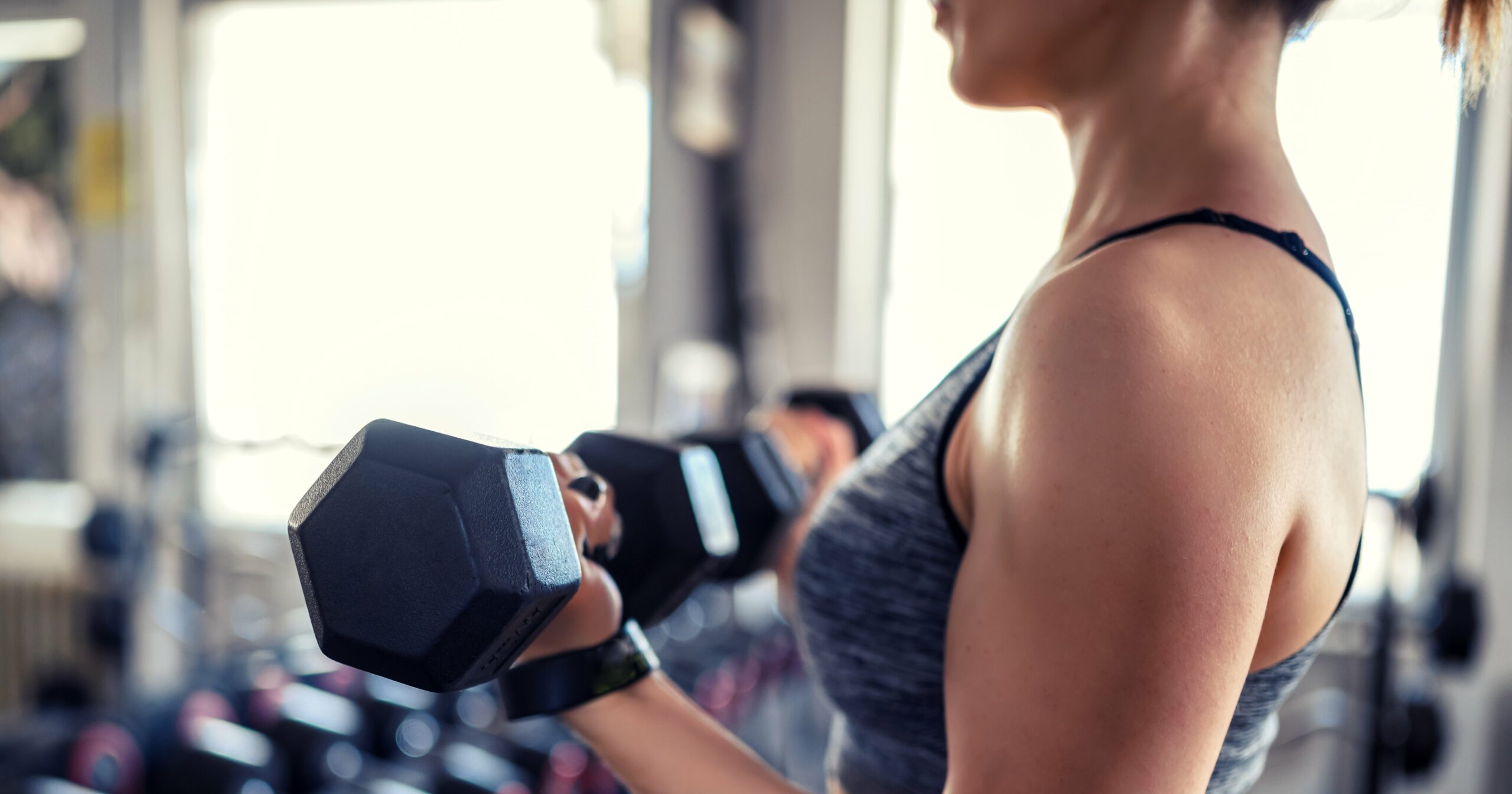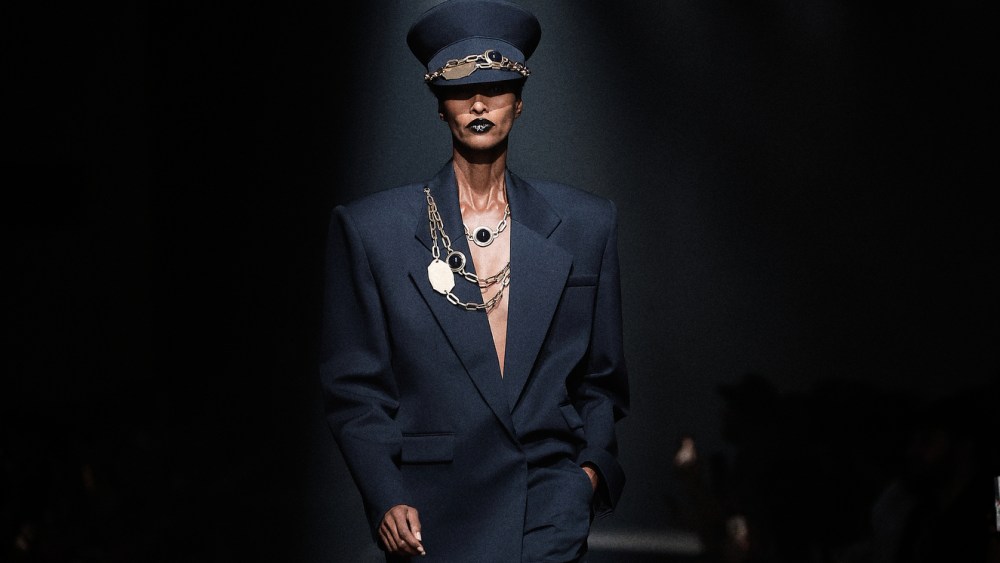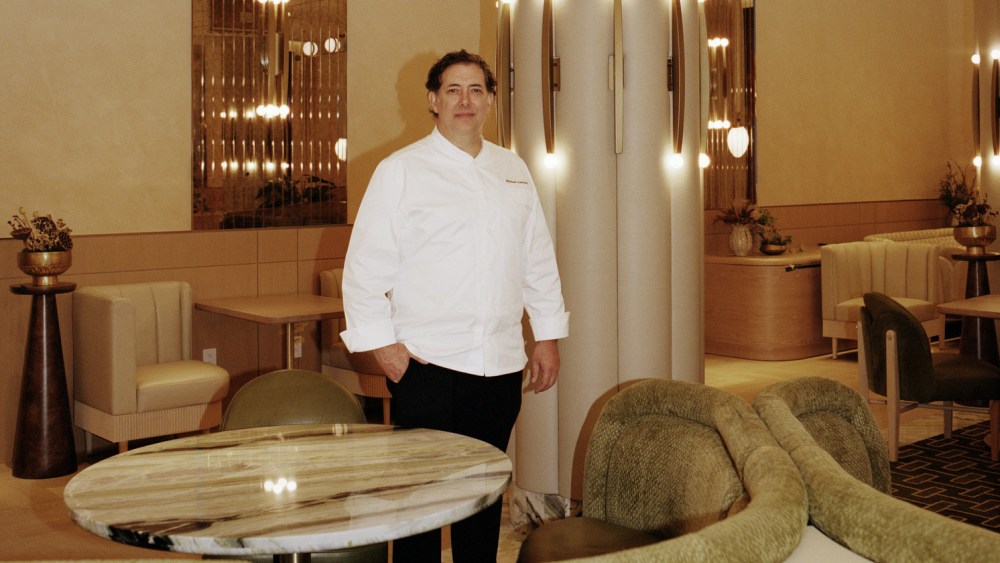It’s tough to exist in the modern-day fitness world without hearing mention of “toning.” Social media is inundated with quick tips to tone up, while ongoing discourse about thin-but-muscular “Pilates arms” and “legging legs” exposes our collective obsession even further. Touted as one of the most popular fitness goals, toned bodies are impressively (and sometimes unrealistically) high in muscle and low in body fat. But in recent years, the concept of toning has been called into question, with some saying it’s technically impossible to “tone” a muscle. So then what are people talking about when they talk about toning? And more importantly – does it even exist?
To get to the bottom of the great toning debate, we asked certified trainers to share their honest thoughts. Read on to see what they had to say, including everything we still get wrong about toning, and a few expert-approved strategies that may actually help you reach your fitness goals.
Experts Featured in This Article:
Brittany Watts is a NASM-certified personal trainer and head coach at Tone House.
Denise Chakoian is a certified personal trainer and cancer exercise specialist.
What Does Toning Actually Mean?
It turns out, “toning” has been misunderstood for quite some time. “‘Toning’ is a word that often pops up in fitness circles, but it’s a bit of a misnomer,” says Brittany Watts, NASM-certified personal trainer and head coach at Tone House. “Scientifically speaking, muscles don’t tone, they grow or shrink.” Denise Chakoian, a certified personal trainer and cancer exercise specialist adds that many people think of “toning” as way to achieve an aesthetic preference, meaning they want to see “lean muscularity.” That typically involves building muscle and burning fat.
Is It Possible to Tone a Muscle?
“The short answer is no; muscles can’t tone in the popular sense, but they can become more defined and firm,” Watts explains. This can be done through a combination of hypertrophy training – a process that builds muscle by increasing the size of muscle fibers – and fat loss. “When you lose the layer of fat covering your muscles while simultaneously building muscle, you achieve that sought-after ‘toned’ look,” Watts says. According to MD Anderson Cancer Center, strength-training and resistance exercises can help your muscles get stronger and firmer, but overall physique will still depend on your lean muscle mass to body fat ratio.
What Can You Do to Look More “Toned”?
It takes more than a couple light crunches to build what we often refer to as a “toned” physique. “Realistically, [toning] will require high repetitions with isolation in the muscles,” says Chakoian. However, Watts says you likely won’t get the results you’re looking for without also incorporating heavy weight lifting and proper nutrition.
“Another misconception is spot reduction, which is the idea you can lose fat in just one area (like belly fat) through targeted exercises,” Watts says. “Science tells us fat loss is a full-body process governed by genetics and overall calorie expenditure, not specific exercises.” Here are a few more of her science-backed tips to help you get your desired look:
- Strength Training: “Incorporate a mix of heavy lifting and moderate weights with varying reps to build muscle,” Watts says. She specifically recommends compound exercises like squats, deadlifts, and bench presses.
- Cardio: We know it’s tempting to skip, but if you want that toned look, cardio and high-intensity interval training (HIIT) can help.
- Balanced Diet: Not everything comes down to exercise. For proper nutrition, Watts recommends a diet rich in lean proteins, healthy fats, and complex carbs.
- Consistency: Results won’t come right away – it’s important to give yourself time, have patience, and build consistent habits.
- Rest: “Muscles grow and repair during rest, so don’t skimp on sleep and rest days,” Watts says. This can also help prevent injuries and contribute to a healthy, balanced lifestyle.
It’s also important to emphasize that you could do all of the above and still not appear as “toned” as some of the people on your FYP. Every body is different and someone else’s “toned” may not be realistic or right for you. What’s most important is that your body is healthy – no matter the trending physique.
Chandler Plante is an assistant editor for PS Health & Fitness. Previously, she worked as an editorial assistant for People magazine and contributed to Ladygunn, Millie, and Bustle Digital Group. In her free time, she overshares on the internet, creating content about chronic illness, beauty, and disability.




